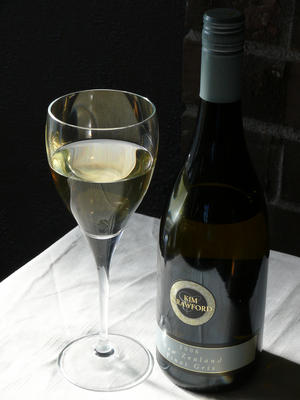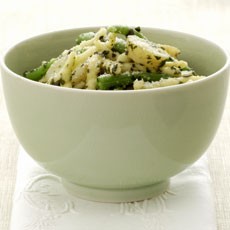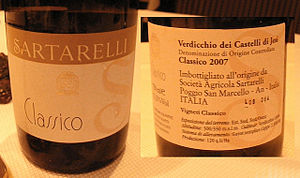Join us at the Chartres Festival of Lights 2013 & Autumnal Equinox for a
Food and Wine Tasting Masterclass, given by Jonell Galloway, master food taster, and James Flewellen, master wine taster
The Beauce and the Loire Valley: Taste Unlocked
19 to 22 September 2013
A romantic getaway, a tasting Masterclass, and a big dose of
Druidic and Christian history, all in one long weekend at the autumnal equinox

Package:A 4-day Food and Wine Tasting Masterclass in the romantic, historical setting of Chartres. Classes are held in a 1,000-year-old chapel converted into Jonell’s home, just 2 minutes’ walk from the world-renowned Chartres Cathedral and 10 minutes from the train station. The Masterclass is held during the spectacular Chartres Festival of Lights, celebrated every year since 2003 on the weekend of the autumnal equinox.
Date: 19 to 22 September 2013
Click here for more detailed information and to reserve.
12 – 14 hours of instruction and workshop tasting, including discussion periods and Q&A
Lodging is in B&Bs and hotels within walking distance of the event, but lodging is not included in our price. Click here to find accommodations in all categories.
All meals and wine are included, except breakfast.
Price per person: 750 Euros
Limited to 12 participants. Early booking strongly advised.
Down payment: 250 Euros on reservation, remainder 30 days before event.
Possibility of purchasing the wines tasted during the weekend.
Click here to see more details of programme and wine below.
Click on the Paypal button at the top right of the sidebar to pay by Paypal or credit card, or the blue Contact Us button at the top right of the home page to pay by bank transfer.
[wp_paypal_payment_box email=”jonell@theramblingepicure.com” options=”Down payment 250 Euros|Full payment 750 Euros”]
Click here for more detailed information and to reserve.

































